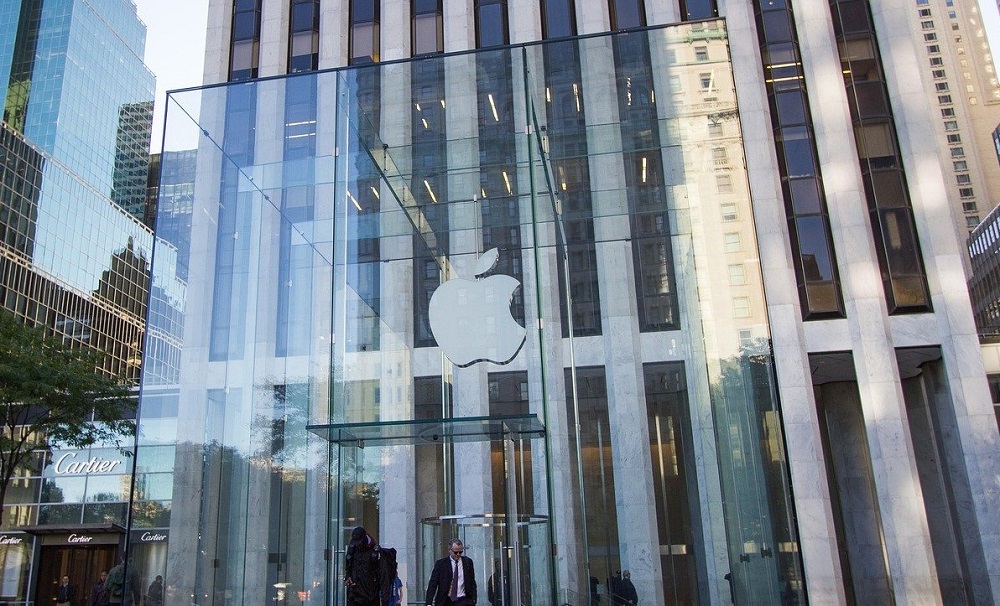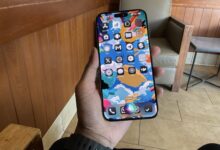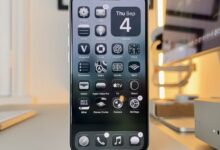
In boardrooms, conflicts and rivalries seem to be the norm. However, not many rivalries in the tech arena have created as much dust as the one between Apple and Qualcomm. For over 15 years, the two giants- Apple, the consumer electronics brand, and Qualcomm, the leading force in wireless chip technology– have existed with an uneasy relationship between two necessary evils.
At the center of this relationship is the modem chip. This chip is found in nearly every iPhone. Apple has relied on Qualcomm’s chips for connectivity in its smartphones, and because of legal battles, competitive tensions, and completely different business philosophies, Apple’s dependence on Qualcomm chips might soon come to an end.
A Marriage of Convenience
It feels like an eternity since the partnership was unveiled two years ago, and Apple and Qualcomm`s relationship deteriorated as Apple aimed for greater independence in designing its chips. In the past, Apple has been vicious in its antagonism towards Qualcomm and its alleged high charges and onerous licensing terms of modem technologies. In 2017, Apple counter-sued Qualcomm, claiming the latter was engaging in anti-competitive behavior, and it locked them in a bitter legal conflict for years.
Despite bruising legal battles, the companies settled in 2019 in a multiyear agreement wherein Apple would incorporate Qualcomm’s 5G modems in its iPhones. However, Apple had already begun to plow its path in secret.
Apple’s Long Road to Independence
Apple has never hidden the fact that it wants to create its own modem technology. In 2019, it bought Intel’s floundering smartphone modem business, at a price of $1 billion, for important know-how and patents. Since that time, Apple engineers have been busy designing an in-house modem, in an attempt to couple it with the company’s custom silicon, as it once did during its transition from Intel to Apple Silicon in the Mac computers.
The iPhone 16e was the first major milestone to this journey, by introducing the C1 modem specially designed on Apple’s behalf for 5G as well as LTE connectivity. To the average consumer, this will not be a monumental difference, but for Apple, this is significant because the company has managed to develop its mobile modem for quite some time now, since at least 2018. According to early indications, however, the C1 modem offers speeds that many less than Qualcomm’s Snapdragon X71 modem, which is used on the other iPhone 16 models. Still, Apple is calling the C1 the most power-efficient modem ever in an iPhone, and adding to that, the iPhone 16e could boast the best battery life in the industry.
Indications are that the C1 has come through from such real-life tests, so such extensive lab tests were held by Chinese YouTube channel Geekerwan on the iPhone 16e with Subway as one of the many real-world scenarios at which testing was conducted. This test demonstrates below that while the C1 misses on mmWave 5G, it’s generally giving the same power-saving benefits with more than comparable standard speeds against Qualcomm’s modems.
According to Geekerwan, the C1 modem consumes approximately 24% less power than Qualcomm’s modem under scenarios of high signal strength and around 17% less under low signal conditions. This means that practically, the customer will get almost 8 hours of 5G video streaming on the iPhone 16e-more than 53 minutes compared to the normal iPhone 16. However, even though he has a bigger battery at 3,961 mah (compared to 3,561 mah for the iPhone 16), Apple modem efficiency plays an important part here.
Apple has made it clear that the C1 modem is just the beginning. In a recent press release, the company emphasized that it was committed to modem technology for the long term saying that it plans to introduce more Apple devices featuring their own custom 5G modems. Probably, the ultra-thin iPhone 17 Air, to be launched towards the end of this year, holds a place in the minds of industry observers that it will feature the C1 modem. It is most likely that the cellular configurations of iPad 11 will also be future candidates for integration with an Apple modem, with an announcement expected around the coming months.
Apple is also working to feature its own in-house 5G modems in Mac and Vision Pro models. The next iPad Pro and all four iPhone 18 models are also expected to be equipped with the more advanced C2 modem, which is expected to offer mmWave 5G support. Looking even further ahead, Apple is developing a C3 modem that aims to be even better than Qualcomm’s modems.
The Looming Split
Industry insiders reckon though that Apple might as well, in the next few years, be free from these hurdles and fully transition to in-house modems. This could happen as early as 2026. If successful, this would be a completely end-to-end event for Apple, as high as that may seem, not just in spending but rather in reshaping what the industry has come to be. Qualcomm derives massive amounts of its revenue just supplying Apple as a client and this would be a major hit to its finances, forcing it to re-market further on into new things like automotive and IoT.
While those are just some of the immediate cost-cutting advantages brought about by disconnecting from Qualcomm, control over modem technology would give Apple latitude for optimizing performance, power efficiency, and a very tight enablement of cellular connectivity with a broader ecosystem of chips. This move would also free Apple from the royalties and much of the legal entanglements brought about by Qualcomm.
For Apple, the long-term plan is likely not confined to mere replacement of Qualcomm modems. The idea is to embed the modem into the processor within the A-series line and drive further power efficiency and performance improvements for the device.
What’s Next?
Apple is yet to decide on its modem future; however, there will be good taints along the journey. Most importantly, if Apple’s new in-house chip does not remotely measure up to the Qualcomm versions of reliability and speed, it risks public outcry and delays in the launches of its new-model iPhones. Conversely, not only will Apple enjoy the opportunity of further enhancing its hardware, but it will also deal a demoralizing blow to one of its longest opponents.
Initially, the concepts of Apple and Qualcomm splitting were inconceivable, and now it looks as if it might become the reality. The final question, however, is when the split will occur and not if.
Follow us on WhatsApp, Telegram, Twitter, and Facebook, or subscribe to our weekly newsletter to ensure you don’t miss out on any future updates. Send tips to editorial@techtrendsmedia.co.ke




